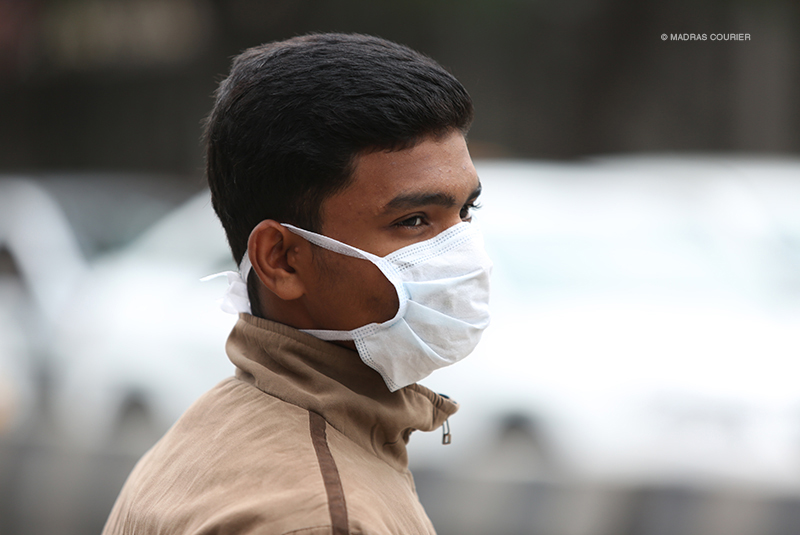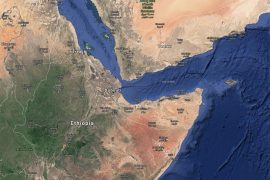In 2016, the New Delhi US Embassy’s Air Quality Index (AQI) maxed out at 999; a level deemed too high to register on the index. Two years later, the readings were not quite as dramatic, but that does not mean residents have had an easier time breathing.
At the time of writing this piece, the AQI across many parts of Delhi clocked in at 565, which is considered “hazardous” for health. The permissible upper limit is usually 150 for the general population, and 100 for sensitive groups. The impacts of pollution are most acutely felt by children under 5, the elderly, the asthmatic, individuals with compromised immune systems and those who spend prolonged periods working outdoors.
However, beyond 150, everyone runs the risk of experiencing adverse side effects.
While Delhi as the capital attracts a lot of national and international attention, the other cities do not fare any better. An analysis by the World Health Organization indicates that 11 out of 12 cities with the highest particulate matter (PM) pollution in the world are located in India: Delhi comes in behind Kanpur, Faridabad, Varanasi, Gaya, and Patna.
Copyright©Madras Courier, All Rights Reserved. You may share using our article tools. Please don't cut articles from madrascourier.com and redistribute by email, post to the web, mobile phone or social media.Please send in your feed back and comments to [email protected]











